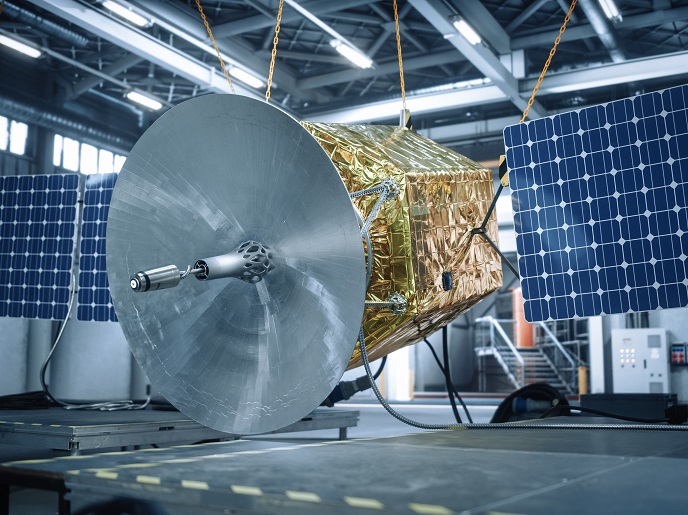Thermal control solution for active phased array satellite antenna
The satellite telecommunications industry is undergoing significant growth as initiatives and innovations such as the 5G network and internet of things technology require increased data transfers. “Active phased array antennae offer the only practical long-term solution for increased capacity, but current thermal control systems can’t cater for the increased heat generated,” says Nuria Roldan, coordinator of the EU-funded IMPACTA project. IMPACTA has developed a thermal control solution based on mechanically pumped loops (MPLs) that could meet future space mission needs. While these systems had been known for a while, their complexity had proven prohibitive. IMPACTA manufactured and tested an MPL demonstrator, verifying that it could evacuate almost 10 kW of heat, at a stable temperature of 2 °C. “The system performed as intended, inspiring confidence in both its design and in-orbit performance predictions for future missions,” adds Roldan.
Accurate temperature control
According to Roldan, about half of current geostationary telecom satellites are expected to embark on upgrades that will significantly increase their power demands. Electronically steering a beam of radio waves in different directions without moving the antennae, a computer-controlled active phased array antenna can deliver up to terabytes a second of data over wide areas. But these systems have many heat sources, with high local heat fluxes and overall dissipation rates. “Current cooling solutions, such as heat pipes, can’t cater for these heat conditions. But a two-phase MPL consists of a closed loop, where heat from the active antenna is absorbed by a refrigerant which turns partly into vapour, then flows to the radiator/condenser where the heat is radiated into space, while the vapour turns back into liquid,” explains Roldan. As well as effective cooling, this process creates near-isothermal conditions where changes to other aspects, such as pressure, do not result in temperature changes.
Proof positive
In the project’s demonstrator, the heat source (the active antenna – active because it requires power) was represented by multiple evaporators, with a heat exchanger standing in for the heat sink (a radiator). Functional tests were conducted alongside environmental tests in a thermal vacuum chamber. “IMPACTA could cool a heat load of 9.8 kW divided over 10 parallel branches, each with 10 heat sources. In the steady state condition tested, temperature uniformity over the heat sources is better than 2 °C, in any situation,” explains Roldan. In an operating antenna array, heat can be unevenly distributed over the different branches. IMPACTA’s tests showed that even in the extreme of half the branches being turned off, with the other half set to full power, temperatures remained steady. “The system can operate in three different orientations, with similar test results, indicating that it is not sensitive to gravity,” Roldan adds. The team were able to use these results to verify the parameters of their computer-modelled design for a full IMPACTA system.
Enabling technology for next-generation telecom satellites
IMPACTA’s work helps shape the future of satellite technology, which both forms the backbone of telecommunications infrastructure, while also supplying direct services such as broadcast television, mobile communications and internet access. Since IMPACTA, the team have completed a model demonstrating the critical functions of their solution, in an operational environment. “Next is to demonstrate the solution in flight. We also need a lighter design with enhanced cleanliness and safety controls, to meet space standards. So we will be working on that,” notes Roldan. Additionally, the team are looking at potential spin-out activities such as using their thermal control system for space-based solar power or data centres.
Keywords
IMPACTA, satellite, antenna, thermal, space, telecommunications, data, radio waves, cooling, internet







